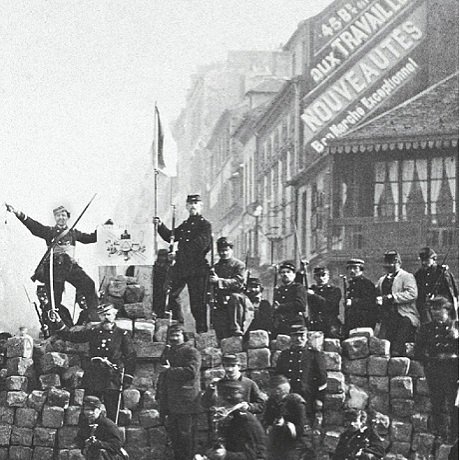Paris Commune
In the spring of 1871, against a backdrop of war and domestic upheaval, the people of Paris rose up and established a new revolutionary government known as the Paris Commune. Considered to be the first time in history that socialist ideals were put into practice, the Commune, despite its brief existence, is a significant milestone not only in France's history but also in the world's history. Although the commune was brutally suppressed by the “forces of order,” its legacy would live on for years to come.
This is the story of the Paris Commune.
Cover Image: Photograph of communards manning a barricade in Paris, March 18th, 1871.
Episodes (listed in reverse order)
The Annual Memorial Meeting Near the Wall of the Communards in the Cemetery of Père-Lachaise in Paris, painting by Ilya Repin, 1883.
Bibliography
Abidor, Michael. Communards: The Story of the Paris Commune of 1871 As Told By Those Who Fought For It. Marxists Internet Archive, 2010.
Christiansen, Rupert. Paris Babylon: The Story of the Paris Commune. Penguin Books, 1994.
Edwards, Stewart. The Paris Commune, 1871. Quadrangle Books, 1971.
Gluckstein, Donny. The Paris Commune: A Revolution in Democracy. Haymarket Books, 2006.
Horne, Alistair. The Fall of Paris: The Siege and the Commune, 1870-1871. Penguin Books, 1990.
Lissagaray, Prosper-Olivier. History of the Paris Commune of 1871. Black and Red Publishers, 2007.
Marx, Karl. Civil War in France: The Paris Commune. International Publishers, 1985.
Merriman, John. Massacre: The Life and Death of the Paris Commune. Basic Books, 2014.


After just a few weeks of intense violence, the uprising in Paris is suppressed. But while the commune was vanquished, its defenders killed, imprisoned, or sent into exile, its legacy would live on- casting a long shadow over the history of France and that of the international socialist movement.